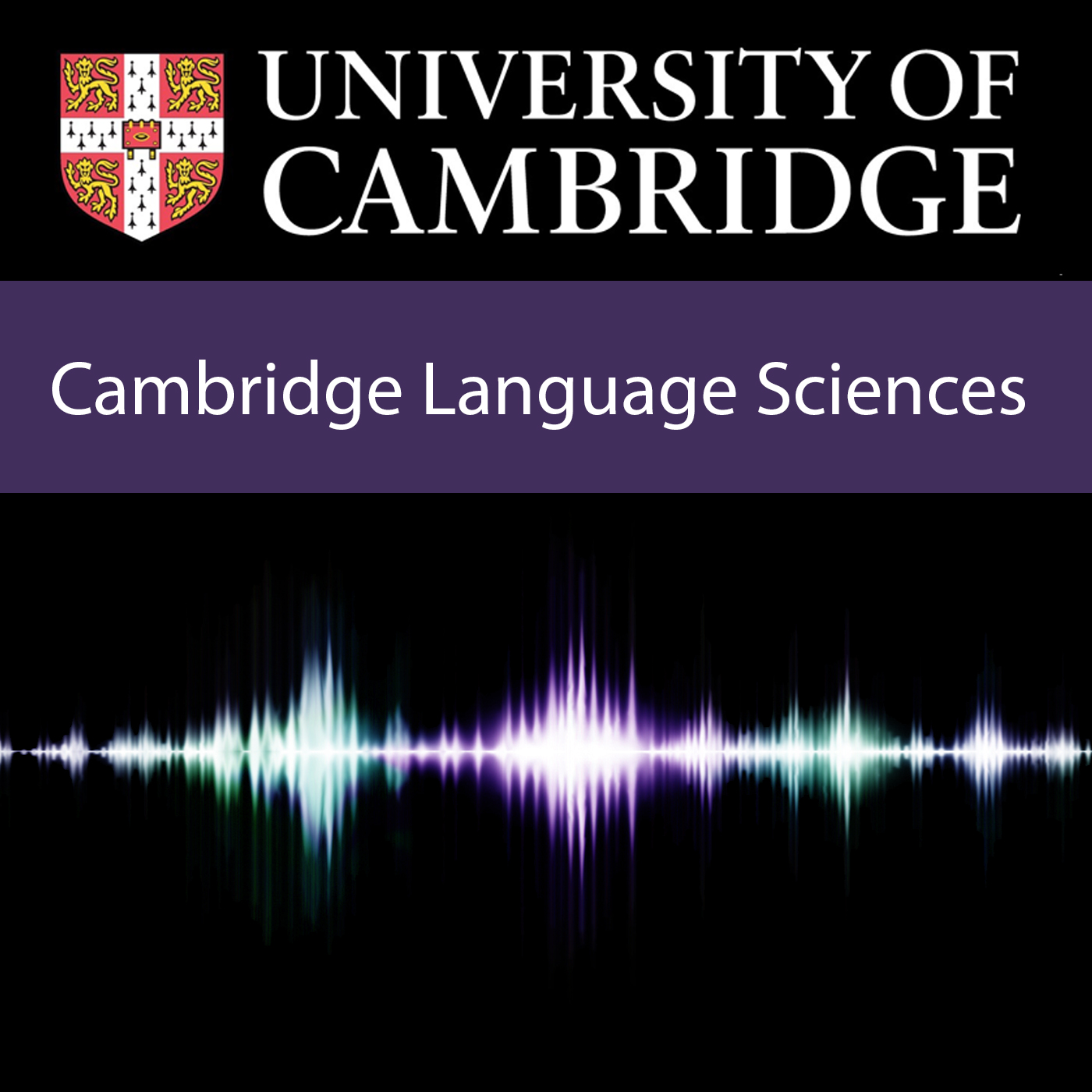| Abstract: |
Over the years, scholars in formal semantic and morpho-syntactic frameworks have observed a number of ‘universal tendencies’ in language change. Jurafsky’s (1996) study of diminutives, for example, aims to predict the cross-linguistic origin and developments of words and suffixes that are linked to children such as ‘-ling’ in ‘duck-ling’, a baby duck. Recent work in comparative syntax goes one step further attempting to explain how cross-linguistic constraints on word-order variation are manifested and why that might lead to certain changes. These observations, however, are often based on a limited number of examples. In order to trace the exact history of predicted changes and verify postulated mechanisms of change, it is important to dive deeper and more rigorously into a large amount of historical data. In this talk I demonstrate why it is essential to build good historical corpora and how state-of-the-art methods of data mining can not only reveal a wealth of previously unknown linguistic features, they can also check predictions regarding cross-linguistic differences and similarities in semantics, morphology and syntax. |

